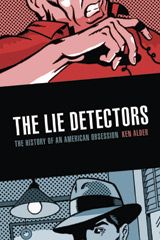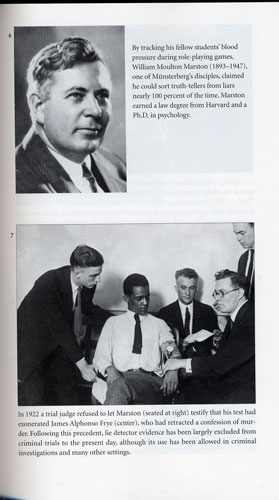U.S. POLYGRAPH LAW
33. In 1998 the U.S. Supreme Court heard United States v. Scheffer, 523 U.S. 303 (1998), a case involving a military officer who had been denied the right to introduce polygraph evidence that seemed to exonerate him for failing a drug test. The justices listened to oral arguments about the reliability of the lie detector. But in the end, Scheffer was decided on narrow grounds. Writing for an 8-1 majority, Justice Clarence Thomas upheld the prerogative of the appropriate rule-maker (here the President in his capacity as Commander in Chief) to ban the polygraph so long as he provided minimal rationalization. Yet only three justices (forming a conservative minority) agreed with the remainder of Thomas’s opinion: that the polygraph threatened to usurp the jury’s role in making assessments. The four partially concurring justices and lone dissenter (forming a liberal majority) defended the jury’s ability to assess all forms of evidence, including scientific evidence, and they pronounced themselves troubled by America’s double-standard for the polygraph.
The muddled ruling left lower courts free to admit the polygraph, as some have cautiously begun to do. As of 2003, the Fifth and Ninth Circuits have left the use of the polygraph up to the discretion of the district judge, though not many trial judges have allowed the evidence. New Mexico continues to be the only state to allow the polygraph in criminal cases without stipulation. For the Scheffer case, see the opinion. http://supct.law.cornell.edu/supct/html/96-1133.ZS.html For written opinion and oral arguments in Scheffer, see Oyez.
|

